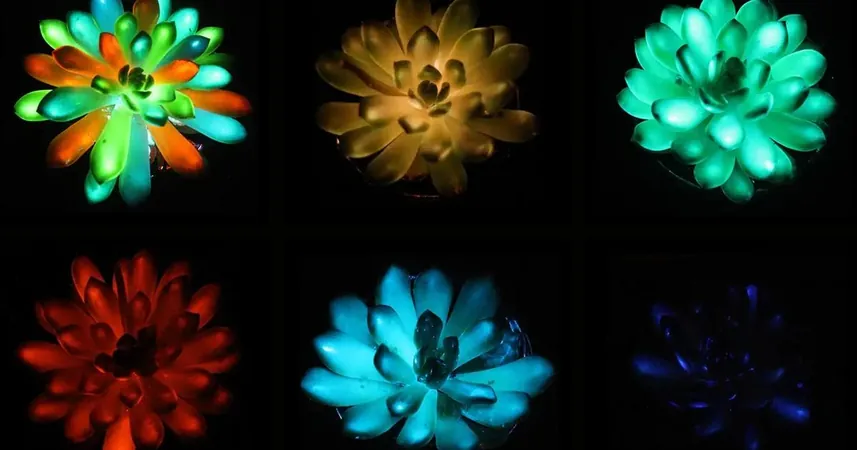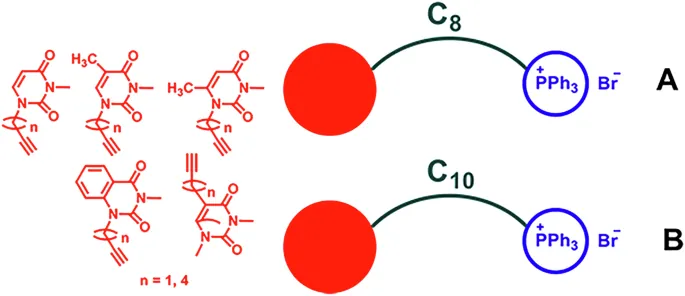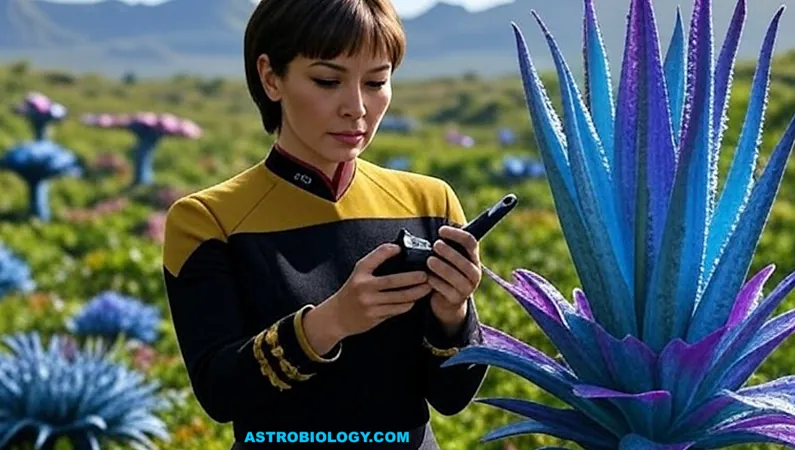
Stunning Discovery: Pluto's Moons May Be Chunks of Charon!
2025-09-01
Author: Michael
Revealing Secrets of the Cosmos
In a groundbreaking revelation, researchers have proposed that two of Pluto's mid-sized moons, Nix and Hydra, could be remnants of Charon, Pluto's largest moon. This theory stems from new observations made with the James Webb Space Telescope (JWST), which suggest that these moons bear striking similarities to Charon's interior.
The Cosmic Collisions That Shaped Our Solar System
The fascinating idea revolves around the violent history of Pluto and Charon. They are thought to have formed through a "kiss-and-capture" event, during which a collision stripped off Charon’s outer layers, giving rise to a disk of icy debris. This debris is believed to have coalesced into Nix, Hydra, and two other smaller moons, Kerberos and Styx. As our understanding deepens, the JWST continues to shine a light on these ancient cosmic events.
A Unique Chemistry Unveiled
Much to the surprise of scientists, Nix and Hydra do not match well with other trans-Neptunian objects (TNOs) in the surrounding Kuiper Belt. Instead, they contain reddish material on their surfaces, suggesting the presence of carbon compounds—something the area around them is not known for. Brian Holler, a planetary scientist, revealed this fascinating finding at a recent conference, hinting that these moons might be sporting materials from Charon’s primordial past.
The Cosmic Recycling Process
In an intriguing twist, Holler posits that Charon’s ancient interior might still be making its way back to the surface of Charon itself. As Nix and Hydra get bombarded by small meteorites, debris could be ejected into space, only to be captured once again by Charon’s gravity. This cosmic recycling could mean that we are observing remnants of Charon in its pre-collision form, layered over time on its surface.
Accidental Discoveries and Next Steps
NASA's New Horizons spacecraft offered a preview of Nix and Hydra back in 2015, but the true breakthrough came later with JWST’s observational capabilities. Though these observations weren’t designed specifically for Nix and Hydra, the telescope provided pivotal comparisons against other TNOs, contributing to our expanding knowledge of these bizarre celestial bodies.
Future Investigations Await
Holler aims to conduct further in-depth studies using JWST, diving deeper into the moons' composition. He believes that further spectroscopic observations could reveal the mysteries behind ammonia-rich surfaces and the unique dynamics at play. Understanding these moons could unlock new insights into the formation and evolution of similar celestial systems across the universe.
The Cosmic Puzzle Continues
The study of Pluto’s peculiar moons offers a tantalizing glimpse into the past, as researchers continue to unravel the mysteries of our solar system's formation. Each discovery adds another piece to the cosmic puzzle, inviting us to ponder the secrets of the universe that are yet to be revealed.









 Brasil (PT)
Brasil (PT)
 Canada (EN)
Canada (EN)
 Chile (ES)
Chile (ES)
 Česko (CS)
Česko (CS)
 대한민국 (KO)
대한민국 (KO)
 España (ES)
España (ES)
 France (FR)
France (FR)
 Hong Kong (EN)
Hong Kong (EN)
 Italia (IT)
Italia (IT)
 日本 (JA)
日本 (JA)
 Magyarország (HU)
Magyarország (HU)
 Norge (NO)
Norge (NO)
 Polska (PL)
Polska (PL)
 Schweiz (DE)
Schweiz (DE)
 Singapore (EN)
Singapore (EN)
 Sverige (SV)
Sverige (SV)
 Suomi (FI)
Suomi (FI)
 Türkiye (TR)
Türkiye (TR)
 الإمارات العربية المتحدة (AR)
الإمارات العربية المتحدة (AR)